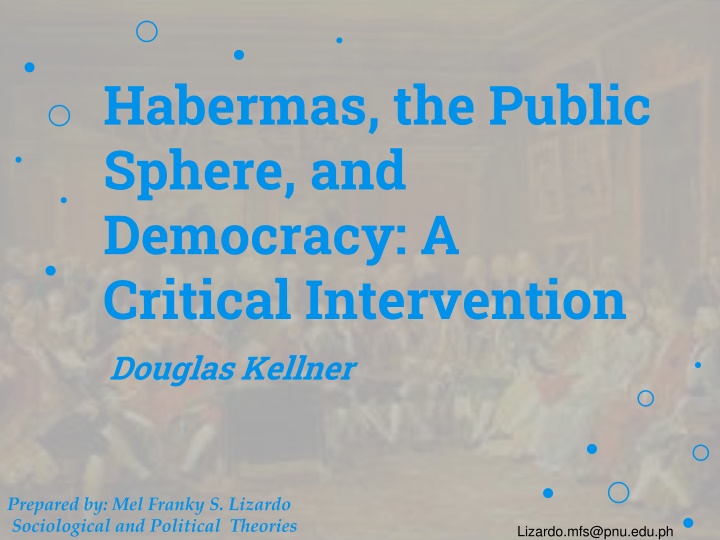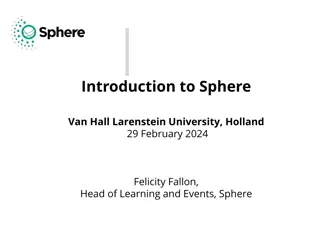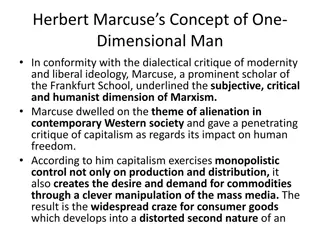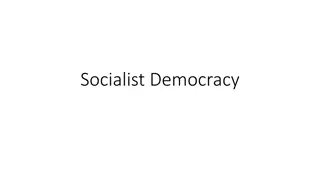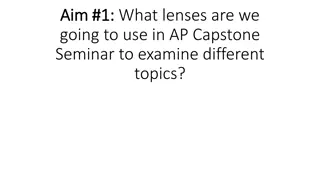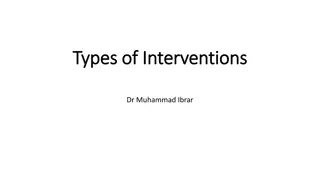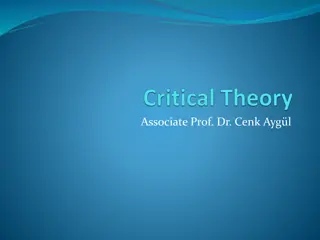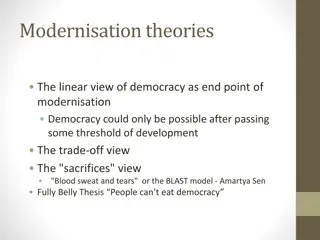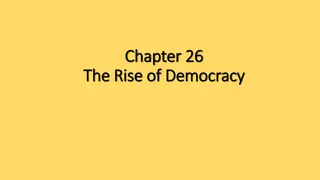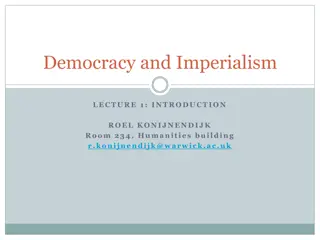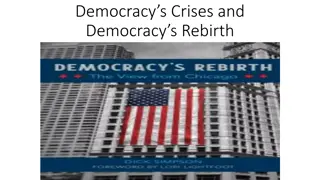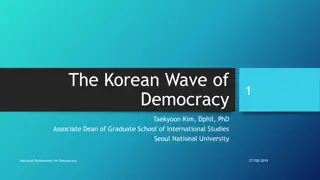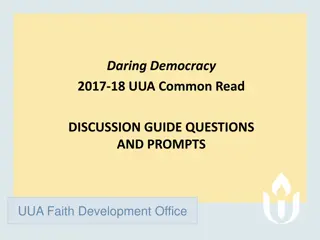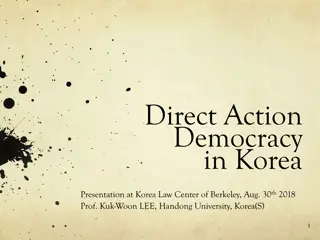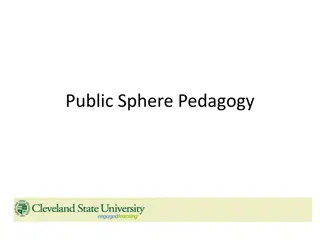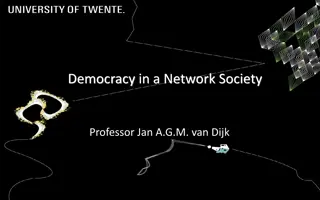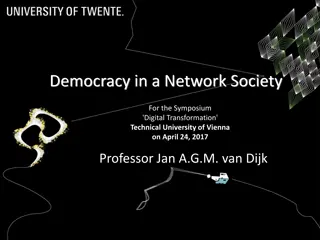Habermas, the Public Sphere, and Democracy: A Critical Intervention
Explore the critical analysis of Habermas's concept of the public sphere, democracy, and the structural transformation of communication in society. Discussing the origins within the Frankfurt School, this intervention delves into the idealized model of democratic debate and the challenges posed by authoritarian tendencies in political attitudes.
Download Presentation

Please find below an Image/Link to download the presentation.
The content on the website is provided AS IS for your information and personal use only. It may not be sold, licensed, or shared on other websites without obtaining consent from the author.If you encounter any issues during the download, it is possible that the publisher has removed the file from their server.
You are allowed to download the files provided on this website for personal or commercial use, subject to the condition that they are used lawfully. All files are the property of their respective owners.
The content on the website is provided AS IS for your information and personal use only. It may not be sold, licensed, or shared on other websites without obtaining consent from the author.
E N D
Presentation Transcript
Habermas, the Public Sphere, and Democracy: A Critical Intervention Douglas Kellner Prepared by: Mel Franky S. Lizardo Sociological and Political Theories Lizardo.mfs@pnu.edu.ph
Born 1943 Era 20th / 21st-century philosophy Region Western Philosophy School Frankfurt School, Main interests critical theory, postmodern theory, critical media literacy, media culture, alter- globalization DOUGLAS Notable ideas multiple technoliteracies KELLNER Lizardo.mfs@pnu.edu.ph
The Structural Transformation of the Public Sphere (1962) Jurgen Habermas Lizardo.mfs@pnu.edu.ph
Introduction Lizardo.mfs@pnu.edu.ph
Habermas Within the Frankfurt School: Origins and Genesis of Structural Transformation of the Public Sphere Lizardo.mfs@pnu.edu.ph
Institute studies of the German working class and post-World War Two German citizens disclosed a high degree of political apathy and authoritarian-conservative dispositions (see Fromm 1989), so too did the surveys of German students disclose an extremely low percentage (4%) of "genuinely democratic" students contrasted with 6% rigid authoritarians. Similarly, only 9% exhibited what the authors considered a "definite democratic potential," while 16% exhibited a "definite authoritarian potential" (Habermas, et. al, 1961: 234). And within the more apathetic and contradictory attitudes and tendencies of the majority, a larger number were inclined more toward authoritarian than democratic orientations. Lizardo.mfs@pnu.edu.ph
What is Public Sphere ? Lizardo.mfs@pnu.edu.ph
Idealized model of Democratic Debate People come together in various forms and discuss issues of common concerns Public Opinion Debate Venues Topics Lizardo.mfs@pnu.edu.ph
The Dialectics of the Public Sphere Lizardo.mfs@pnu.edu.ph
Democratization Political participation Individual Self Development In Contrast Bourgeois Public Sphere Account on the Structural Change of PS Lizardo.mfs@pnu.edu.ph Historical Genesis of BPS
Bourgeois Public Sphere Historical Genesis Late 18thand 19thCentury in Britain, France and Germany Venues: Salon, Coffee Shops and even discussion in Print Media Discussed and Decided only by the Elites For the first time in history, individuals and groups could shape public opinion, giving direct expression to their needs and interests while influencing political practice. The bourgeois public sphere made it possible to form a realm of public opinion that opposed state power and the powerful interests that were coming to shape bourgeois society. Lizardo.mfs@pnu.edu.ph
Public Sphere , Private Sphere and Bourgeois Public Sphere affairs and to organize against arbitrary and oppressive forms of social and public power REFEUDALIZATION consisted of social spaces where individuals gathered to discuss their common public Institutionalize consisted of social spaces where individuals gathered to discuss their common public affairs and to organize against arbitrary and oppressive forms of social and public power a space of institutions and practices between the private interests of everyday life in civil society and the realm of state power. Open Discussion (Freedom of Speech) Institutionalize Lizardo.mfs@pnu.edu.ph
Liberal Stage of state monopoly and capitalism Market capitalism democracy (19th century) CULTURE INDUSTRY CRITICAL PUBLICITY revitalize the public sphere by setting "in motion a critical process of public communication through the very organizations that mediatize it" Lizardo.mfs@pnu.edu.ph
Habermas and the Public Sphere: Critical Debates Ideality Neglecting the plebeians and proletariats Neglecting the womens public sphere Lizardo.mfs@pnu.edu.ph
C. Wright Mills tended to utilize the Institute models of the media as tended to utilize the Institute models of the media as agents of manipulation and social control, although he agents of manipulation and social control, although he sometimes qualified the media's power to directly and sometimes qualified the media's power to directly and consistently manipulate the public. consistently manipulate the public. stressed the crucial role of the mass media in shaping stressed the crucial role of the mass media in shaping individual behavior and inducing conformity to middle individual behavior and inducing conformity to middle class values. class values. Lizardo.mfs@pnu.edu.ph
The Linguistic Turn contains norms to criticize domination and oppression and a force basis at once for social critique, democratization, and to establish critical theory on a stronger theoretical foundation Integrally related to power embedded in power in an existing social system, they serve interests of domination and manipulation Lizardo.mfs@pnu.edu.ph
The Linguistic Turn D.Kellner Point of View Lizardo.mfs@pnu.edu.ph
Globalization, New Technologies and Public Spheres The radio, television, and other electronic modes of communication were creating new public spheres of debate, discussion, and information; hence, activists and intellectuals who wanted to engage the public, to be where the people were at, and who thus wanted to intervene in the public affairs of their society should make use of these technologies and develop communication politics and new media projects. Lizardo.mfs@pnu.edu.ph
Globalization, New Technologies and Public Spheres Lizardo.mfs@pnu.edu.ph
END END END END Habermas, the Public Sphere, and Democracy: A Critical Intervention Douglas Kellner Prepared by: Mel Franky S. Lizardo | II-9 BSSE | Sociological and Political Theories | Prof. A. Abulencia Lizardo.mfs@pnu.edu.ph
